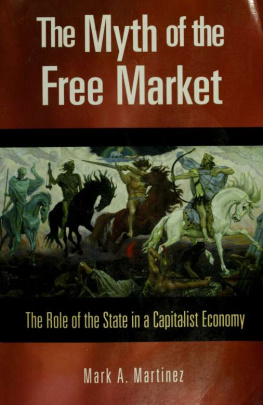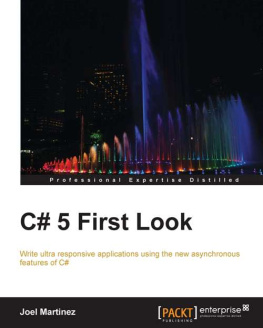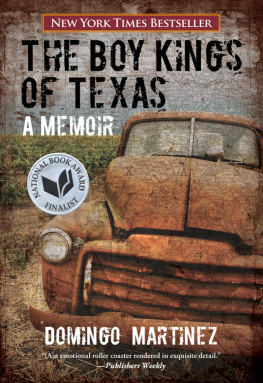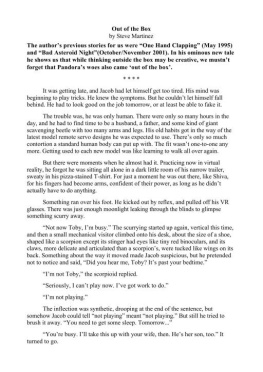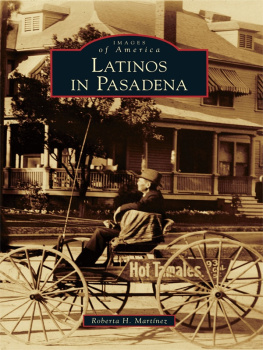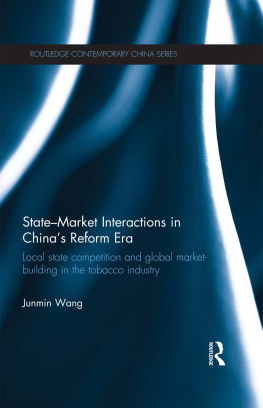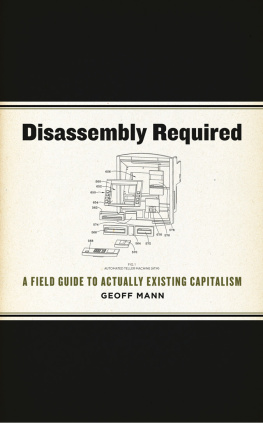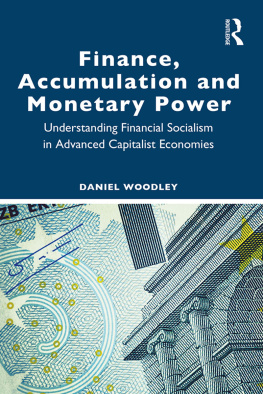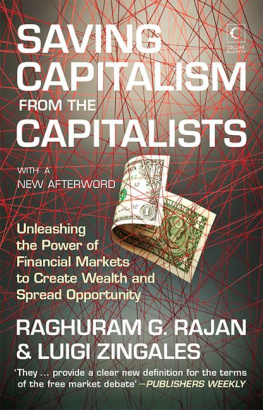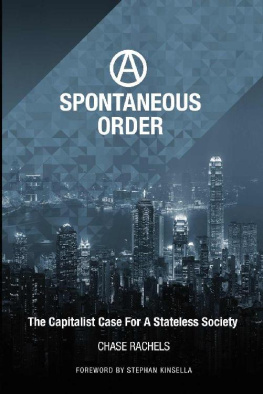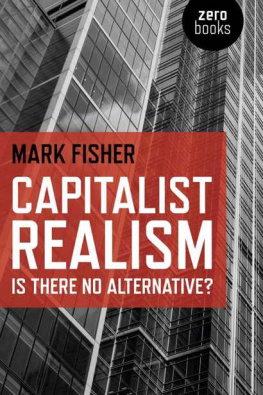This book made available by the Internet Archive.
Chapter 6 Ho\$ Medieval Organized Violence Led to Mercantilism, Middle-Class Bargains, and Market Capitalism 115
Chapter 7 Toward Freer International Trade 141
Chapter 8 Americas Post-World War II Grand
Liberal Strategy 163
PART IV States and Modern Markets: From Political Money to Wall Street Socialism
Chapter 9 From Keynes to Deregulation
and Exploding Capital Flows 181
Chapter 10 An Empire of Debt: Violating Adam Smiths
Laws of Nature? 205
Chapter 11 The Deregulation Game 241
Chapter 12 From Deregulation to the Mother of All Bailouts... 267
Bibliography 291
Index 303
About the Author 319
Acknowledgments
I have accumulated many personal debts while writing this book. The sabbatical I secured from California State University (CSU), Bakersfield, during fall 2005 was invaluable. Although the sabbatical wasnt anywhere long enough (they never are), it allowed me to do the core research for this book and put together the basic chapter outlines by spring 2006.
My department colleagues were especially helpful. Ray Geigle took a first look at my opening chapters. His comments and encouragement were spot-on and incorporated into subsequent drafts. Gene Clark took a look at many chapters and, as is his habit, asked the most probing questions, which forced me to reevaluate some of my thoughts. Michael Ault took a look at several chapters and provided support as well.
There were other colleagues at CSU, Bakersfield, whose input I sought out during this project. David Berri, whose numerous books and articles provided a source of competitive inspiration, offered early comments on the first two chapters. Donovan Ropp provided encouragement and insight that counted for more than he realizes. Ken Shakooris discussion and commentary were most helpful, especially for the final chapters where the details of collateralized debt obligations and mark-to-market valuations, among others, made my head spin.
My brother, Albert Martinez, drew on his experience as an investment banker in Silicon Valley to comment on the content of several chapters, providing insight that I would not have gotten anywhere else. My friend from Bakersfield College, Jack Brigham, offered commentary, encouragement, and kind words over breakfast (which he always treated me to). Thanks, Jack. I also want to thank Peter Loedel, my friend, former coauthor, and graduate school colleague from University of California, Santa Barbara for taking the time to look at thiseven after I took my time getting him the first draft. West Chester University in Pennsylvania has a genuine gentleman and scholar in Peter Loedel.
VI
The Myth of the Tree Market
Because one ofmy goals Was to make this book accessible to nonexperts, I also sought the opinion of local attorney Milt Younger, a vigorous supporter of CSU, Bakersfield, and one of the best lawyers in the San Joaquin Valley. As the first nonacademic to read through the first few chapters, Mr. Youngers comments were helpful and encouraging. Thank you, Milt. In this spirit, I want to acknowledge the anonymous reviewers whose comments told me I was on the right track while, at the same time, offering criticism that proved crucial to making this work much stronger.
Over the course of the project, I tried out concepts and stories in many of my classes. I want to thank my students, especially in my International Commerce class, for pressing me with questions. To the students who had to wait two weeks to get their midterms back as I put the finishing touches on this project, I am grateful for your patience. The only other times I had done this were when my children were born. Im sure you understand.
I also want to acknowledge the efforts of Tina Giblin, our outstanding office manager. When I was finishing this project Ms. Giblin made it possible for me to be away from the office more than a department chair should. Ms. Giblin truly deserves an award (and a raise) for her efforts, which she does every day selflessly.
My on-air radio colleagues in Bakersfield, Duane Moore and Candi Easter, deserve recognition as well. What started out as an effort to provide some balance in a market dominated by Conservative talk radio blossomed into solid friendships. Im especially grateful to Duane Moore for bringing the International Brotherhood of Electrical Workers (IBEW) Local 428 to our radio program as sponsors (with a hat tip to Danny Kane). On many levels this book represents what the IBEW and other labor organizations stand for, and what the laws of justice (Chapters 1 and 2) are all about. By helping to keep us on air, the IBEW helped me sharpen many of the ideas that have made their way into this book. I also want to thank Lori Moore, whose style ensured that the staff and food at Mimis Restaurant were always first rate. Thanks Lori. At the end of the day, the conversations Duane, Candi, and I have had on-airand over a few beershave done much to shape and make more accessible what I present in this work.
I especially want to express my deep and heartfelt gratitude to my parents. Whether it was my Dad and Connie taking Monica and Sebastian to Pismo Beach for the day, or my Mom taking care of them during my evening classes, their efforts made my life less hectic. I also want to thank Jim Lance at Kumarian Press, whose understanding, advice, and words of encouragement during this project went beyond the call of duty and helped keep this work on track.
Acknowledgments vii
Finally, I want to thank my kids, Monica and Sebastian. They are truly two of the best kids any parent could hope for, and they are my inspiration for finishing this book. I have always told them to work hard, be responsible, and finish what they start. For this reason their incessant and exasperating Arent you done yet? commentary drove me (nuts) more than they will ever know.
In all cases, the usual caveats and qualifications regarding the contents of this book apply. I alone am responsible for any misrepresentations, errors, and omissions that may appear in this work.
Throughout the book I use the designation Blog Commentary to refer to my Web site, http://freemarketmyth.blogspot.com, where youll find a collection of commentary, supplemental materials, a full bibliography, and more. I hope we can continue the discussion.
Mark A. Martinez Bakersfield, California October 30, 2008
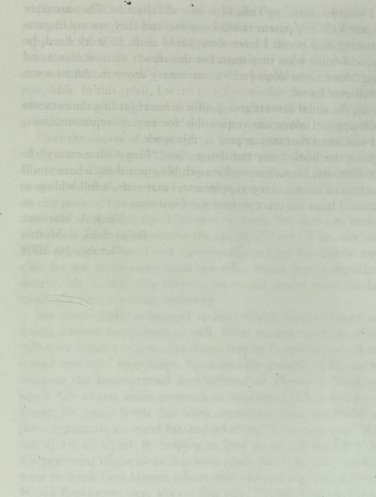
Illustrations
Figures
1.1 The Great Compression: Income Growth and
Distribution, 1947-1979 7
1.2 Real After-Tax Income, 1979-2004 8
1.3 Average Income Gains in America, 2002-2006
(Adjusted for Inflation) 9
10.1 Rising Credit Card Debt in America 222
10.2 Personal Savings Rates (as a Percentage of
DPI, NIPAs), 1952-2006 223
10.3 Mortgage Debt Held as a Percentage of GDP,

